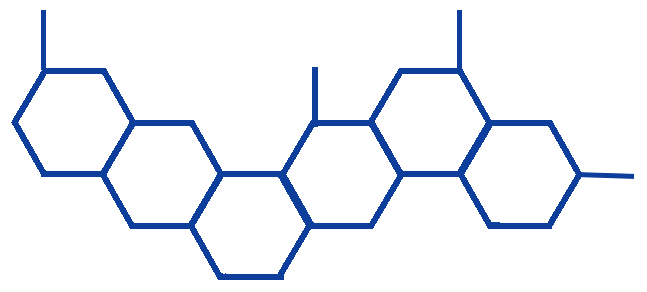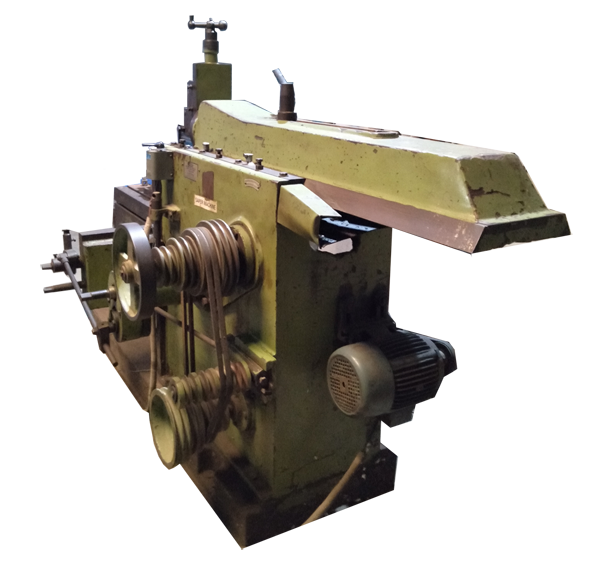Contract Manufacturing
Slitting & Converting
Product Development
 Pilot Coating
Pilot Coating
 Pilot Coating
Pilot Coating

Product Development is the process by which a product is conceptualized and brought to market. In engineering and business, product development covers the entire procedure of bringing a product into existence, revising an existing product, or introducing a new product into a market.
A key aspect of WPPL is product development, and various other business considerations are taken into account. The processes may be short term or long term. Some processes of product development, however, are more critical than others.
A crucial aspect of development is market analysis, which involves identifying the needs of the target market and determining whether the new product can meet these needs or not.
Market analysis in WPPL includes a detailed market study, a study of competitors, and detailed information on the financial viability of the new product and its production costs. It also involves determining whether or not financing is required for the product, and whether there are sufficient resources in the market to warrant the investment.
Another crucial factor of the product development process is the research involved. A development process is highly concentrated and requires a dedicated set of people for each phase of the process.
This concentrated effort is necessary for building up a group of people who can specialize in specific areas of the development process. Specialization in one or two areas makes possible cost savings in other areas, and it facilitates communication between different teams in the project.
It facilitates collaboration among the team members, since only certain individuals are specialized in particular aspects of the development process. When only a few people are specialized, they must rely on other people in their area of expertise for support and guidance, and must be responsive to customer requirements.
The overall process of agile product development is characterized by a series of building blocks:
The Technology Base, the Application Architecture, the Usability Engineering, and the Testing and QA. Each of these blocks functions as the skeleton of the development process, although many of them are derived from the previous ones.
For example, the Technology Base contains the specifications and goals of the product development program, while the application architecture provides the tools, processes, and methods for implementing those goals.
The Usability Engineering takes care of the creation of the product, testing to verify the functionality, and is finalizing the documentation. Finally, the Testing and QA complete the post-modification inspection of the product, as well as its acceptance within the organization.
Based on the requirements of the customer, the development team determines whether or not the new product needs a funding application.
Determining whether or not the product needs an engineer, designer, and business analyst to determine whether the product meets the market need, and whether or not it has the attributes that justify a favorable patent.
In many cases, it is also necessary for the patent office to determine whether the new invention meets the legal requirements for patentability.
Once the development process is complete, the product management team continues to perform the activities necessary to secure financing for the project.
1. Determining the costs involved in creating the prototype.
2. Preparing the blueprint and drawings; negotiating with potential suppliers.
3. Identifying and obtaining licensing agreements.
4. Testing the idea generation tool.
Of course, there are many other activities throughout the product management chain, but these four key activities are the most significant.
Although many people believe that the product development process only includes the prioritizing of technology requirements, it goes much further than that.
In fact, the ultimate goal of the prioritizing step is to determine whether or not the customer needs are being addressed by the product development process and/or if additional research is required to identify new needs.
This can be done by looking at the overall business problem, determining what part of the problem can be solved by the addition of the product, and determining how the solution will best benefit the customer.
Of course, this requires a fairly intensive amount of research and analysis.
Ultimately, the prioritizing and design thinking activities that occur during the product development process are not only designed to address identified customer needs.
The process is also designed to increase the likelihood of obtaining market approval for the new product. The two goals of the prioritizing and design thinking are closely related and often occur simultaneously.
Although some companies choose to spend their resources primarily on the prioritizing activity, others assign this activity to the entire development team.
Regardless of which team is assigned this activity, however, it is important to remember that both activities play an important role in helping to satisfy the customer needs that drove the invention in the first place.
This helps ensure that the final product development process is as efficient as possible.